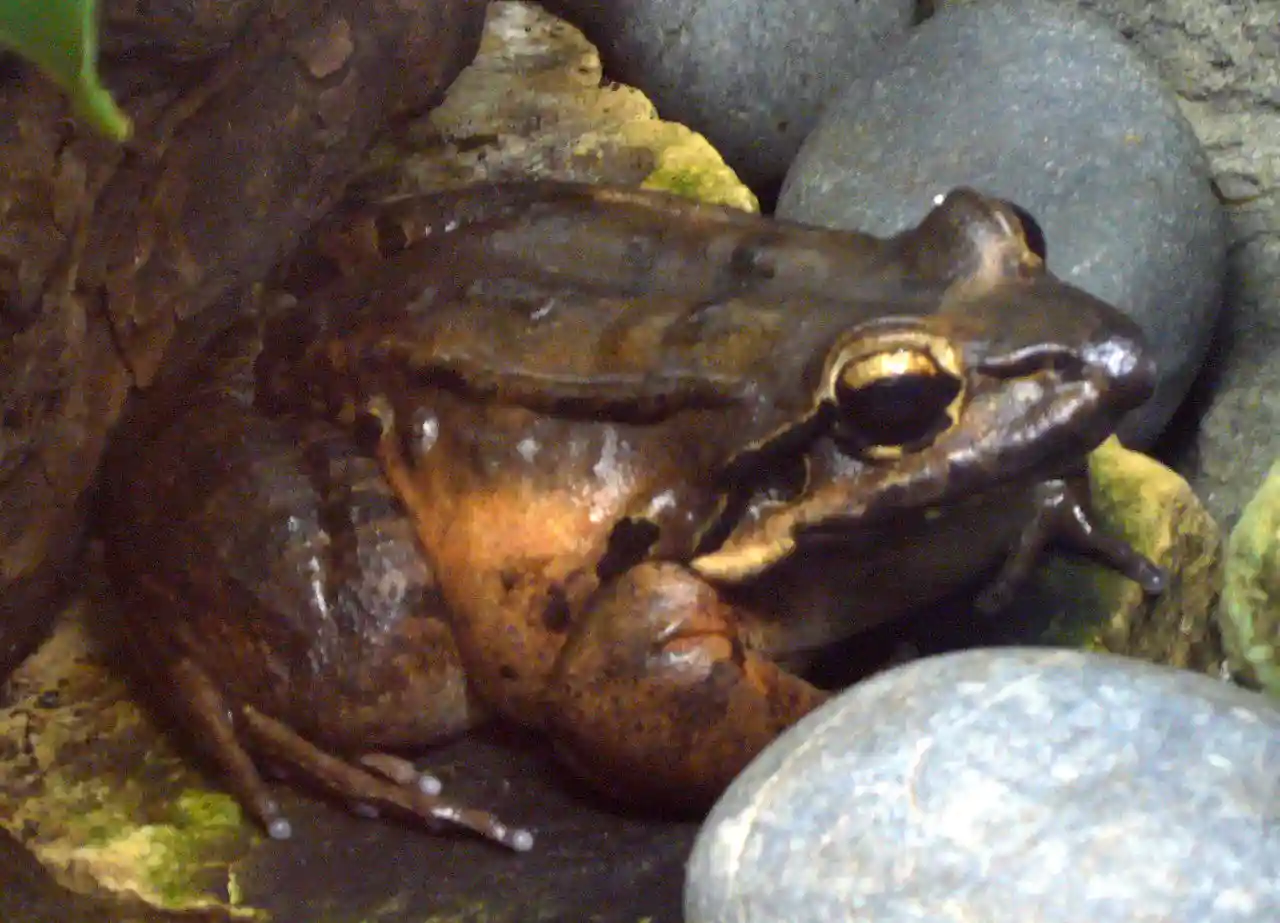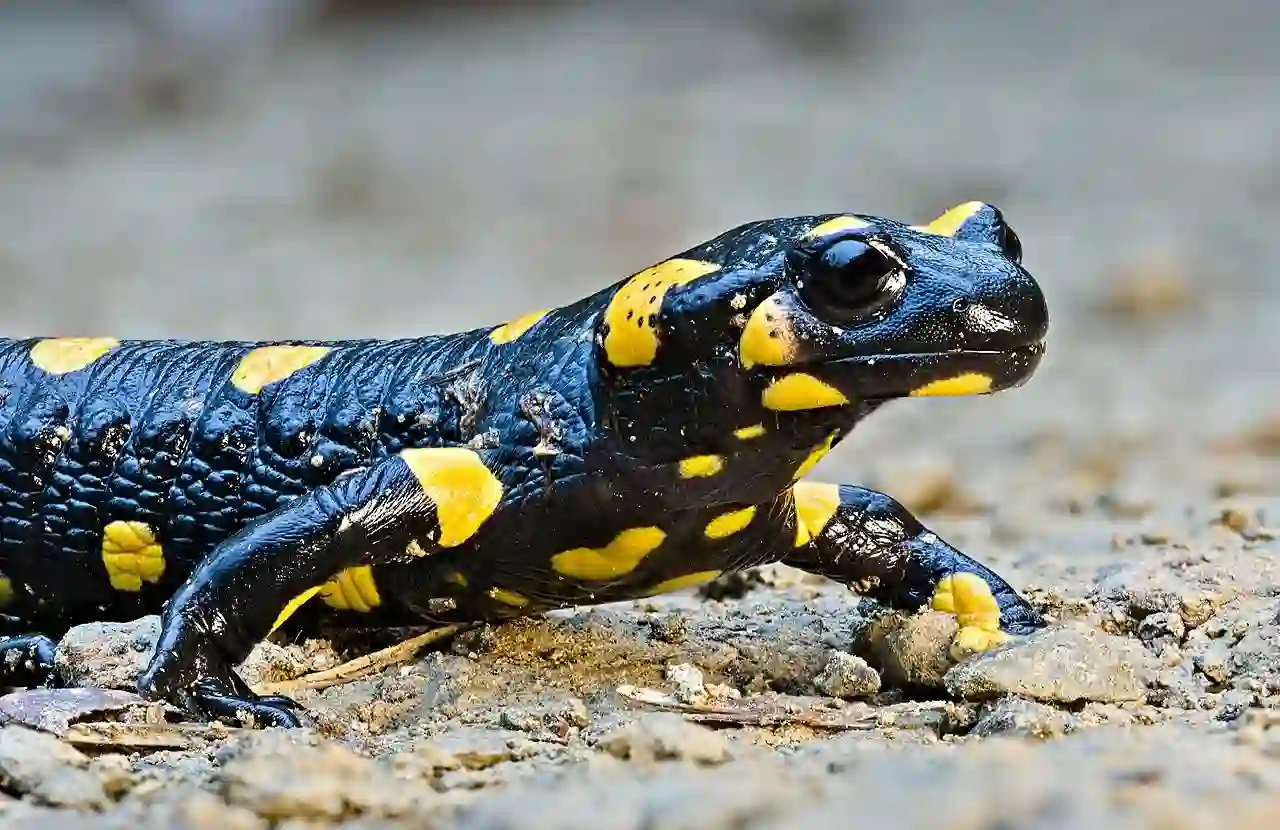What Do Amphibians Eat?
Amphibians, those fascinating creatures that inhabit both land and water, have an interesting array of dietary preferences. When it comes to what they eat, there’s no one-size-fits-all answer.
Some amphibians are herbivores, while others are carnivores or even omnivores. Let’s dive into the world of amphibian cuisine and explore what these remarkable creatures consume.
Amphibians that fall under the category of herbivores have a plant-based diet. They munch on various vegetation such as algae, aquatic plants, and even terrestrial plants like leaves and flowers.
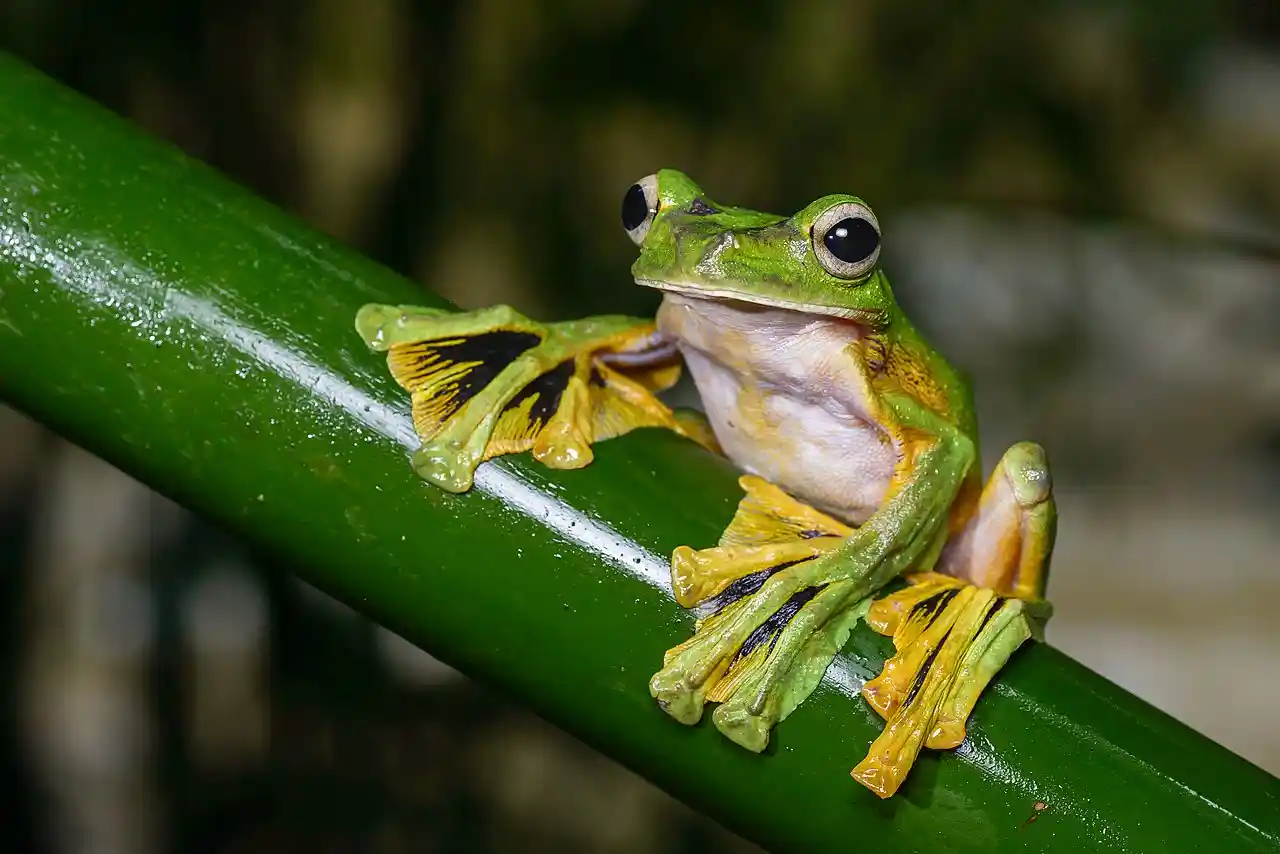
For example, the red-eyed tree frog is known to feed on fruits and leaves found in its rainforest habitat. Another beginner-friendly pet amphibian with herbivorous tendencies is the African clawed frog, which enjoys indulging in aquatic plants like duckweed.
On the other end of the dietary spectrum lie carnivorous amphibians who feast on other animals for sustenance. Creatures like frogs and salamanders often rely on insects as their primary source of food.
Mosquitoes, flies, beetles—these small critters become part of an amphibian’s diet as they hungrily snap them up with their lightning-fast tongues or gulp them down whole. Now that we’ve explored the extremes of plant-based diets and meat-eating habits among amphibians let’s not forget about those middle-of-the-road omnivores!
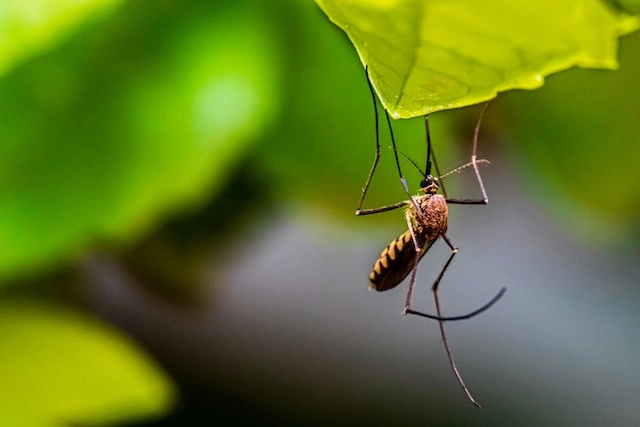
These adaptable creatures possess a more flexible palate. They can consume both plant material and animal prey depending on availability or personal preference.
The American bullfrog is a notable example; it consumes insects but also occasionally dines on smaller frogs or tadpoles. When it comes to answering what do amphibians eat?, we must consider their diverse feeding preferences based on their biological adaptations and ecological niches.
Whether they lean towards being herbivores like the red-eyed tree frog or carnivorous hunters like certain salamanders, amphibians exhibit a wide range of dietary choices. So, the next time you spot a frog or salamander in its natural habitat, take a moment to appreciate the complexity of their diet and how it contributes to their survival in the captivating world of Herpetology.
| Amphibian | Diet |
|---|---|
| Frogs | Insects, spiders, worms, small fish |
| Toads | Insects, spiders, worms, small invertebrates |
| Salamanders | Insects, spiders, worms, small crustaceans |
| Newts | Insects, spiders, worms, small mollusks |
| Caecilians | Earthworms, small invertebrates, termites |
| Tree Frogs | Insects, spiders, small invertebrates |
| Dart Frogs | Small invertebrates, ants, termites |
| Axolotls | Small fish, insects, worms, crustaceans |
| Bullfrogs | Insects, fish, reptiles, small mammals |
Are Amphibians Omnivores?
Amphibians, those fascinating creatures that bridge the gap between water and land, have some interesting dietary habits. When it comes to their eating preferences, many amphibians can be classified as omnivores. Now, you might be wondering, what exactly does that mean?
Omnivores are animals that have the remarkable ability to consume both plant matter and animal flesh.
This dietary flexibility allows them to adapt to diverse environments and ensures they have a steady source of sustenance. In the world of herpetology (the study of reptiles and amphibians), frogs and some species of salamanders are considered omnivorous.
These little critters have a rather adventurous palate! For instance, consider the famous Red-eyed Tree Frog—an ideal beginner-friendly pet amphibian that falls under this category.
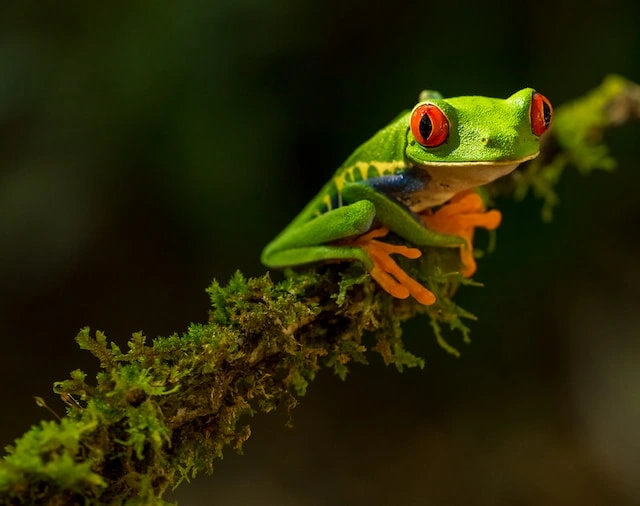
These charming creatures are not picky eaters at all! They feed on a wide variety of delicacies including insects like crickets, flies, moths, and even spiders!
However, they also munch on some delectable plant-based treats such as fruit flies and small fruits like berries. So you see, these amphibians have quite an eclectic taste when it comes to their meals.
Similarly, certain species of salamanders exhibit similar dietary habits. The Axolotl—a fascinating aquatic salamander found in Mexico—is another prime example of an omnivorous amphibian.
They primarily feed on small aquatic invertebrates like worms and snails but also indulge in munching on plant material such as algae or aquatic plants from time to time. My dear readers: Amphibians are indeed marvelous omnivores!
Their diet is shaped by both their environment and their own fine-tuned taste preferences. From devouring insects with gusto to nibbling on plants with delight—they truly embrace the best of both worlds when it comes to filling their bellies.
Which Amphibians Eat Plants?
Amphibians, with their diverse dietary preferences, showcase a wide range of feeding habits. While many amphibian species are opportunistic predators, there are also those that have a plant-based diet.
These herbivorous amphibians primarily consume vegetation such as algae, aquatic plants, and even fruits.
A herbivorous amphibian that catches the eye is the red-eyed tree frog (Agalychnis callidryas). Found in rainforests throughout Central America, these vibrant creatures prefer not only insects but also enjoy munching on soft plant materials.
Red-eyed tree frogs have been observed feeding on pollen-rich flowers like hibiscus and orchids. The bright colors of these flowers may even attract the frogs towards potential food sources.
It’s important to note that while some amphibians have adapted to consume plant matter as a significant part of their diet, not all species follow suit. Understanding the dietary preferences of specific amphibian species is crucial when considering them as pets or studying them in herpetology research.
Where do amphibians find their food?
Amphibians are fascinating creatures that can be found in a variety of habitats across the world. When it comes to finding their food, amphibians have diverse strategies that suit their specific needs and environments.
Some amphibians, like frogs and toads, are mainly terrestrial and rely on foraging in their surrounding environment to find food. They search for insects, spiders, earthworms, and other small invertebrates hiding among vegetation or in the soil.
Their keen sense of smell helps them detect prey even if it’s hidden from sight. These amphibians have long tongues that they can flick out with lightning speed, capturing unsuspecting insects in a single strike.
Aquatic amphibians such as newts and salamanders have a different approach when it comes to finding food. They inhabit bodies of water such as ponds, lakes, or streams and feed on a variety of aquatic organisms.
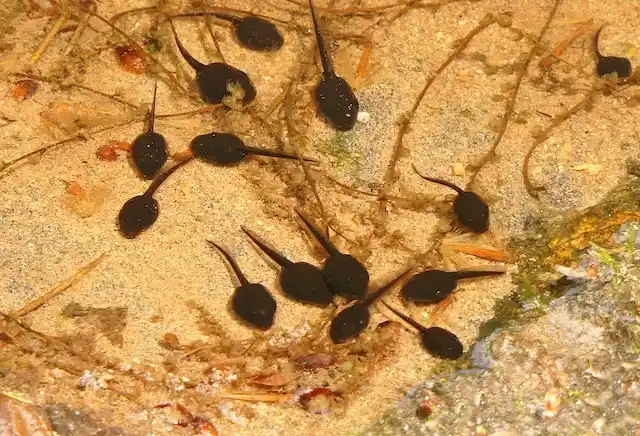
Their diet may include small fish, tadpoles, aquatic insects like beetles and dragonflies larvae, as well as crustaceans like shrimp or small crayfish. These amphibians use their agility and quick reflexes to snatch their prey underwater.
It’s truly mesmerizing to watch them glide through the water with precision as they hunt for their next meal. The way amphibians find their food depends on whether they are terrestrial or aquatic species.
Terrestrial amphibians rely on searching through vegetation or soil for insects and other small invertebrates while aquatic ones employ an array of hunting techniques underwater to capture prey ranging from tadpoles to crustaceans. Observing this diversity in feeding behaviors enhances our understanding of these remarkable creatures while highlighting the intricate balance that exists within different ecosystems where these beginner-friendly pet amphibians occur naturally.
How often do amphibians eat?
Amphibians, like most creatures, have varying dietary habits. How often they eat largely depends on their species, size, and metabolism. Generally speaking, adult amphibians feed less frequently than their growing counterparts.
Let’s delve into the eating habits of different amphibians to understand how often they consume their meals. Frogs and toads are among the most popular amphibians, both in herpetology studies and as beginner-friendly pet options.
Adult frogs typically eat every two to three days. They have a voracious appetite and seize any opportunity to catch insects or small invertebrates that cross their path.
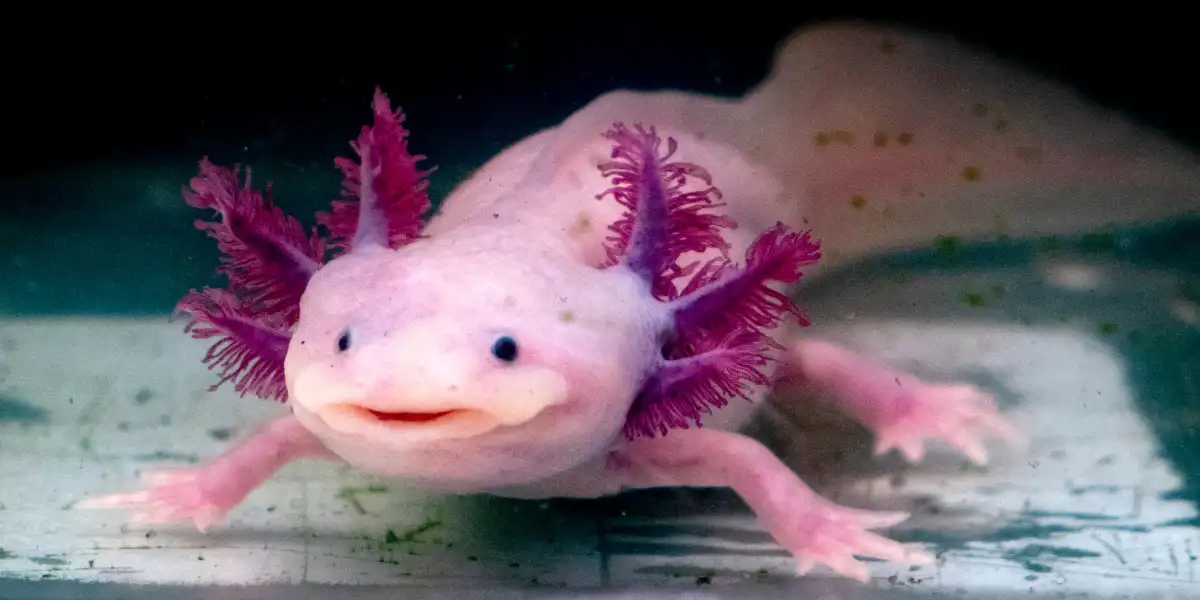
Some larger frog species may even indulge in small vertebrates like mice or other frogs! On the other hand, tiny tree frogs primarily survive on a diet of fruit flies and other minute insects found in their natural habitats.
Salamanders are another fascinating group of amphibians. Many salamanders have a slower metabolism compared to frogs but still require regular feeding.
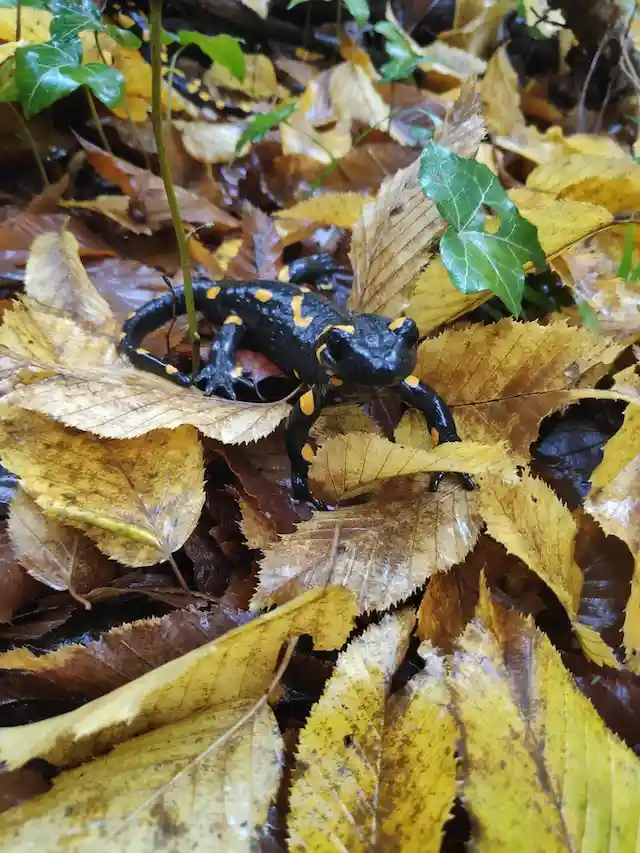
Species such as the axolotl consume small live prey like worms, brine shrimp, or aquatic insects daily or every couple of days. These aquatic creatures are known for their ability to regenerate body parts and possess remarkable appetites despite their relatively sedentary nature.
Terrestrial salamanders may feast on earthworms, slugs, snails, or insect larvae once every few days or so. The frequency at which amphibians eat varies depending on factors such as species type and size.
While some adult amphibians feed every few days, others may consume meals more frequently due to higher metabolic rates or specific dietary requirements. Understanding these eating habits is crucial when caring for pet amphibians or studying them in the field of herpetology.
Conclusion
Understanding what amphibians eat is essential for anyone interested in these fascinating creatures. From their varied diets to their unique feeding strategies, amphibians have developed specialized ways of obtaining nutrition. Whether they are omnivores like frogs and toads, or herbivores like some newts and salamanders, amphibians play a vital role in maintaining ecological balance in their habitats.
For those considering amphibians as pets, it’s important to research the specific dietary needs of the species you are interested in. Some beginner-friendly pet amphibians include African dwarf frogs and fire-bellied toads, both of which can be fed a diet of commercially available aquatic frog pellets and live or frozen foods such as bloodworms or brine shrimp.
It’s essential to ensure that captive amphibians receive a balanced diet that mimics their natural feeding habits. Amphibians hold immense significance in the field of Herpetology, where scientists study these creatures to gain insights into various aspects of biology and ecology.
Understanding what they eat helps researchers understand their role in the ecosystem and aids conservation efforts aimed at preserving their habitats. While each species has its own unique dietary preferences, it is evident that amphibians have adapted remarkable feeding strategies.
Their ability to consume a wide range of food sources makes them versatile organisms within their ecosystems. By appreciating the diverse diets of these intriguing creatures, we can better comprehend and admire the intricacies of nature’s intricate tapestry.



